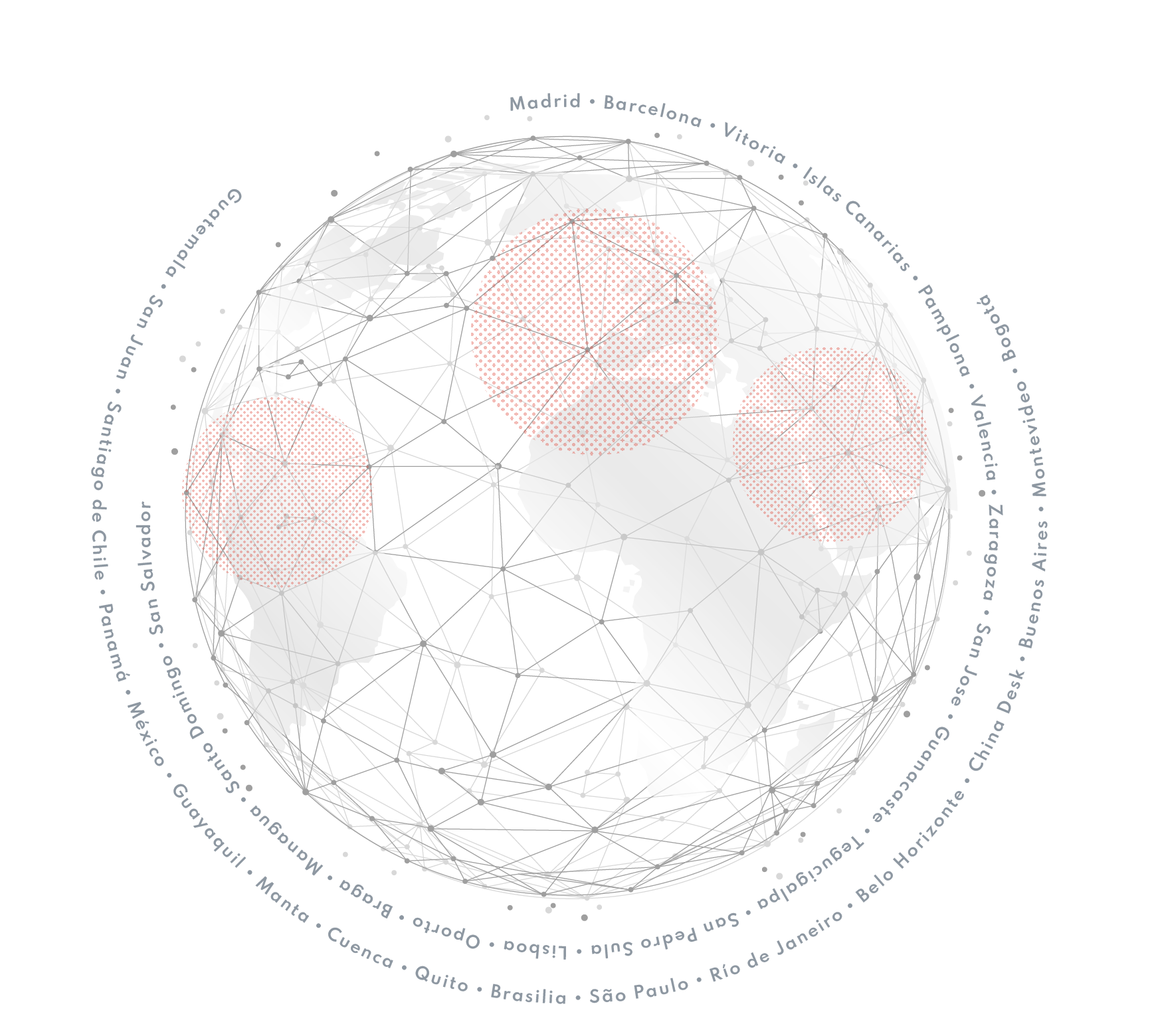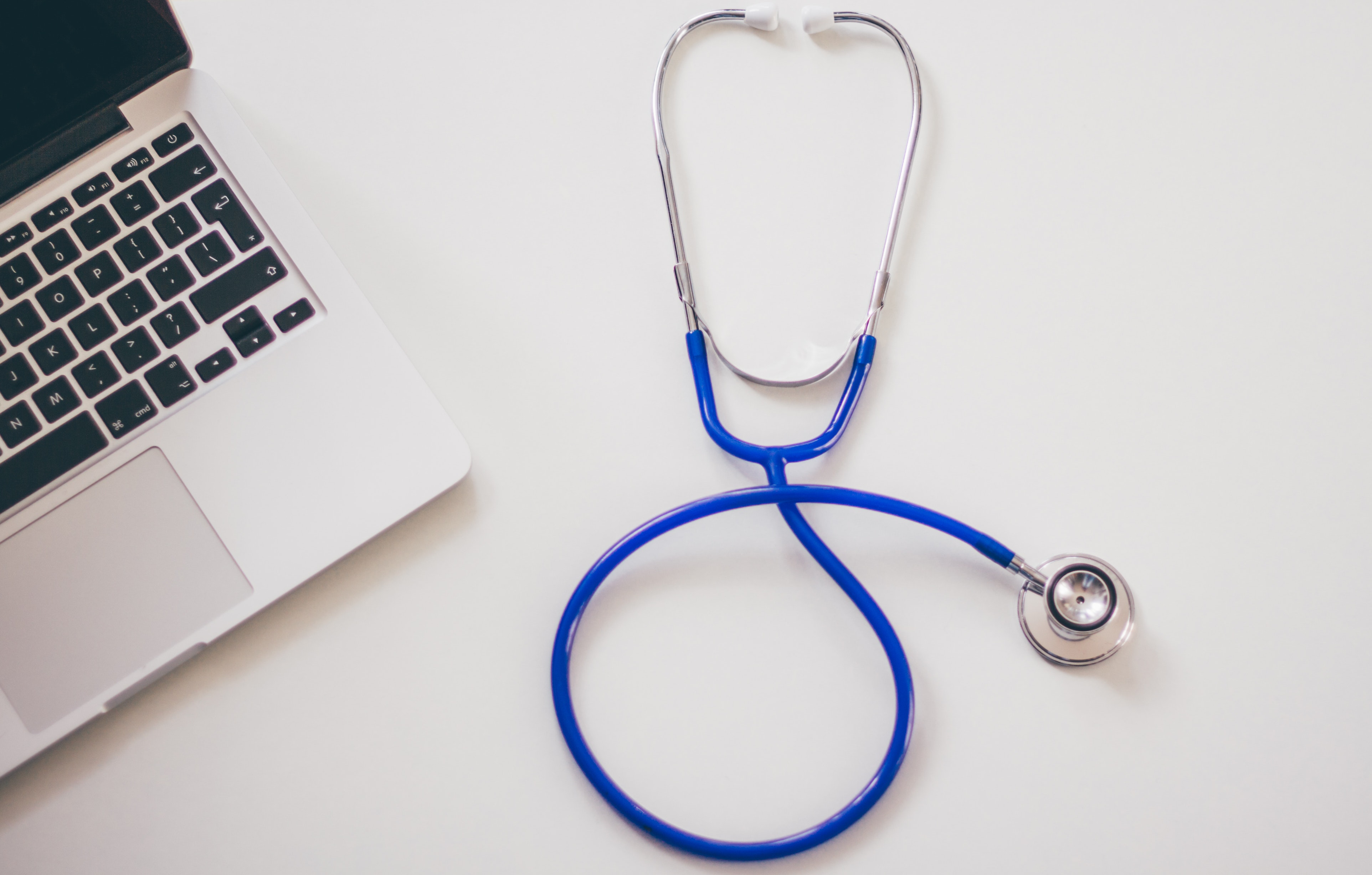In accordance with the provisions of the “Decree establishing the strategy for the reopening of social, educational and economic activities, as well as a stoplight system by regions to weekly assess the epidemiological risk related to the reopening of activities in each entity (the “Decree”)” published in the Federal Official Gazette and modified on May 14 and 15, 2020, respectively, on May 18, 2020, the Ministry of Economy published the “Technical Guidelines for Health Safety in the Work Environment” (the “Guidelines”).[1]
Such Guidelines contain the principles and strategies on measures to promote and protect the health and care of vulnerable populations that must be considered for the elaboration of the Health Safety Protocol, which are mandatory for the “essential” activities of the construction, mining and manufacturing of transport equipment industries and are a frame of reference for those companies considered as essential activities that are already operating.
These Guidelines establish that companies and industries must respond to the document titled “Self-evaluation of the Health Safety Protocol” on the platform www.gob.mx/nuevanormalidad, provide some general identification data and complete a commitment letter. In response, the IMSS will issue an acknowledgment of receipt within a period not exceeding 72 hours indicating the approval, request for further information or reject the Health Security Protocol to be able to initiate or not “essential” activities. Without such approval, companies will NOT be able to restart activities.
The Guidelines also establish a strategy for the return of activities to a new normality, i.e. to reactivate the country’s socio-economic activities, considering the three stages disclosed in the Decree. Likewise, as of June 1, 2020, the weekly Health Alert System (stoplight), of state or municipal application, will be implemented, which will determine the level of restriction on economic, social and educational activities.
The Guidelines also establish, as guiding principles for a successful return to normality, the following:
a) Give priority to health and life, both of the workers and of their families.
b) Solidarity with everyone, in a framework of non-discrimination, that is, with employers and workers without distinction based on their economic or educational level, place of origin, sexual orientation, age, pregnancy or disability; with strict application of their labor rights.
c) Moral economy and productive efficiency, that is, it shall occur in a new culture of safety and health at work. The impact of measures shall be lasting, transforming productive processes, promoting the development and health of working people and their families.
d) Shared responsibility (public, private and social), i.e. through a coordinated participation of the public, private and social sectors.
Likewise, the Guidelines establish essential control strategies to contain the spread of Covid-19 and that must be implemented in all workplaces regardless of their activity or the alert level of the locality in which they are located. These control strategies are as follows:
a. Health Promotion: implies the orientation, training and organization of employees to prevent and control the spread of Covid-19 in their homes, social events and journeys on public or private transport provided by the company, including the following:
i) General information about SARS-Cov-2, contagion mechanisms, symptoms and ways to prevent infection.
ii) Frequent hand washing with soap and water or use of 70% alcohol-based gel solutions.
iii)Practice of respiratory etiquette: cover nose and mouth when coughing or sneezing, with a disposable handkerchief or internal arm angle.
iv) Not spitting or doing it in a disposable tissue, placing it in a plastic bag, knotting it and throwing it in the trash. Then washing hands.
v) Not touching the face with dirty hands, especially eyes, nose and mouth.
vi) Cleaning and disinfecting surfaces and objects of common use in offices, closed places, transport, meeting centers, among others.
vii) Maintaining a healthy distance (of at least 1.5 m) during contacts.
b) Health Protection Measures (Safety and Hygiene at Work).
i) Healthy Distance: in presence of symptoms of respiratory disease, stay home!; and the modification of habits to favor the minimum distance of 1.5 between people without personal protective equipment, for which the following should be established:
- Avoiding overcrowding spaces and guarantee the permanent availability of drinking water, soap, toilet paper, alcohol-based gel and disposable towels for drying hands.
- Establishing alternate schedules for meals, baths and daily activities.
- Increasing the number of vehicles destined for the transport of personnel, maintaining a healthy distance and natural ventilation of the transport.
ii) Entry-exit control:
- Establishing screenings according to the “General guideline for the mitigation and prevention of Covid-19 in closed public spaces” to identify people with acute respiratory infection.
- For people who were detected with respiratory diseases and/or temperatures above 37.5° C, designating a stay and isolation area, providing with face masks and sending them to their homes and/or medical services.
- Providing 70% alcohol-based gel solution and verifying the proper use of face masks.
- If possible, placing disinfecting mats with concentrations of sodium hypochlorite of at least 0.5%, clean and with disinfecting liquid.
- Establishing exclusive entrances and exits for personnel, and in the case of having a single access, dividing it by physical barriers in order to have specific spaces for the entry and exit of personnel.
iii) Measures to prevent contagion in the company.
- Providing dispensers with 70% alcohol-based gel solutions freely available to staff at different points in the workplace.
- Providing sanitary products and personal protective equipment to employees, including face masks, protective glasses and/or face shields.
- Having sufficient deposits of disposable and personal use products, striving for the continuous cleaning of them.
- Guaranteeing that the toilets have sinks and adequate cleaning conditions (water, soap and disposable paper towels).
- Establishing a permanent cleaning and maintenance program in the work center, work places, food services, rest and overnight places, using the appropriate cleaning products.
- Promoting that work tools and/or personal items are not shared.
- If possible, favor natural ventilation in common spaces or in those with a greater concentration of personnel.
- Verifying the operation of extraction systems, in addition to maintaining and changing filters for their proper operation.
- Signaling in common areas such as bathrooms, dressing rooms, lockers, cafeterias, dining rooms and meeting rooms with markings remembering the minimum distance of 1.5 meters between people.
- Establishing a policy to control visits, suppliers and contractors.
- Implementing a policy for the use of the stairs, and in the case of the use of an elevator, make sure that there are no more than 2 people per square meter or the mandatory use of face masks.
iv) Use of personal protective equipment.
- Distributing among workers 3, preferably washable, face masks, face shield or goggles or safety glasses with side, top and bottom eye protection.
- In the event of exposure to polluting chemical agents, the equipment indicated in the applicable NOMs must be used.
Finally, the Guidelines also establish a plan for resuming work through various steps:
a) Planning: by means of actions to achieve a correct implementation of the measures in companies and workplaces, through a committee or person responsible for the implementation, monitoring and supervision of the measures for the new normality.
b) Information and training for workers on security, hygiene, cleaning and general care measures.
c) Outbreak prevention measures in the company to contain or prevent the spread of the virus among staff.
d) Temporary policies: measures to reduce the risk of contagion that will depend on the type of activity carried out in the workplace, the place where it is located and its corresponding areas. For example: distancing in common areas, dining rooms, staggered schedules, among others.
e) Surveillance and supervision to verify the correct implementation of the measures in the companies or work centers, which will be the responsibility of the committee or the person designated for these tasks.
For the purposes of determining the actions to be carried out, it is important to identify the risk of contagion, the classifications of occupationally exposed personnel and the condition of vulnerability. Also, check the security measures that will be necessary depending on the type of company: micro, small, medium or large.
Finally, on May 20, 2020, Claudia Sheinbaum Ph.D., Governor of Mexico City presented the “Gradual Plan towards the New Normality” in which she indicated that the City will remain with a red stoplight until June 15 at least; however, from June 1, beer manufacturing and its production chain, in addition to mining, construction and manufacturing of transport equipment will be added as essential activities; protocols will be applied for each economic activity with public health measures at the workplace, flow operation rules, distribution of employees and clients and signaling for each one.
ECIJA México, S.C.
[1]https://www.gob.mx/stps/documentos/lineamientos-tecnicos-de-seguridad-sanitaria-en-el-entorno-laboral.







